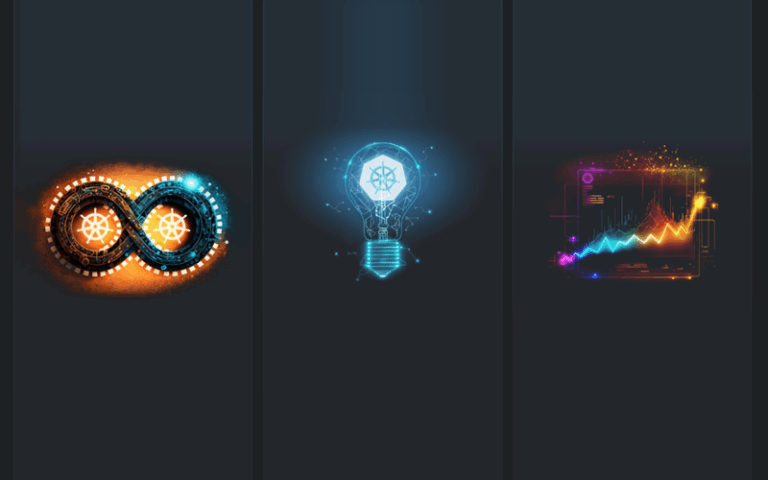Mirantis has developed Lens by Mirantis, a production-grade AI assistant embedded directly within the Lens integrated development environment (IDE). It enables natural language use for troubleshooting and operating Kubernetes clusters. Kubernetes Lens is an open source desktop-based IDE designed to simplify and enhance the management of Kubernetes clusters with a user-friendly GUI for users to interact with Kubernetes clusters and monitor, manage and troubleshoot their deployments.
Also part of this development is a new one-click Amazon Web Services (AWS) integration, which enables users to discover and connect to EKS clusters across accounts and regions without command-line setup or credential management. This is said to streamline access to cloud infrastructure, simplify operational workflows and turn Lens into a more centralised platform for managing distributed Kubernetes environments with greater control.
“We’re addressing the number one complaint of Kubernetes, which is complexity,” said Miska Kaipiainen, head of product for Lens at Mirantis. “Lens Prism puts the power of a site reliability engineer (SRE) inside every developer’s IDE. It removes friction from day-to-day Kubernetes operations while maintaining enterprise-grade security and control.”
Hello Kubernetes, what’s wrong?
Unlike browser-based chatbots or generic copilots, Kaipiainen says that Lens Prism is deeply integrated into Lens Desktop and scoped to the user’s active context: current cluster, namespace, workloads and RBAC permissions.
Users can ask questions such as:
- “What’s wrong with my pod?”
- “How much CPU is this namespace using?”
- “Is anything failing in my cluster?”
Prism responds with live insights based on real-time kubectl output, metrics and logs, and generates ready-to-run commands to help users understand, verify, and resolve issues confidently.
NOTE: kubectl is the command-line tool used to interact with and manage Kubernetes clusters. It allows users to deploy applications, inspect and manage cluster resources, and view logs by communicating with the Kubernetes API server.
Lens Prism operates within role-based access control (RBAC) permissions and runs entirely within the user’s existing kubeconfig. Together, Lens Prism and one-click AWS integration is supposed to empower teams to solve issues faster, operate securely across environments and scale Kubernetes management without added complexity or overhead.
NOTE: A kubeconfig file is a YAML file used by kubectl and other Kubernetes tools to configure access to Kubernetes clusters. It stores information about clusters, users, contexts, and authentication details, enabling tools to connect to and manage clusters.
Manage, develop, debug, monitor & troubleshoot
“More than 1 million Kubernetes users rely on Lens to increase their productivity. Lens is a desktop application that lowers the barrier of entry for those just getting started with Kubernetes and radically improves productivity for people with more experience. The most popular and advanced Kubernetes IDE, Lens empowers users to easily manage, develop, debug, monitor and troubleshoot Kubernetes and workloads across multiple clusters in real-time, supporting any certified Kubernetes distribution on any infrastructure,” noted Kaipiainen and team.
Lens has a graphical user interface and runs on Linux, macOS and Windows. Lens Prism and One-Click AWS integration are available today in all Lens Premium plans (Plus, Pro, and Enterprise) at no additional cost. pment.
